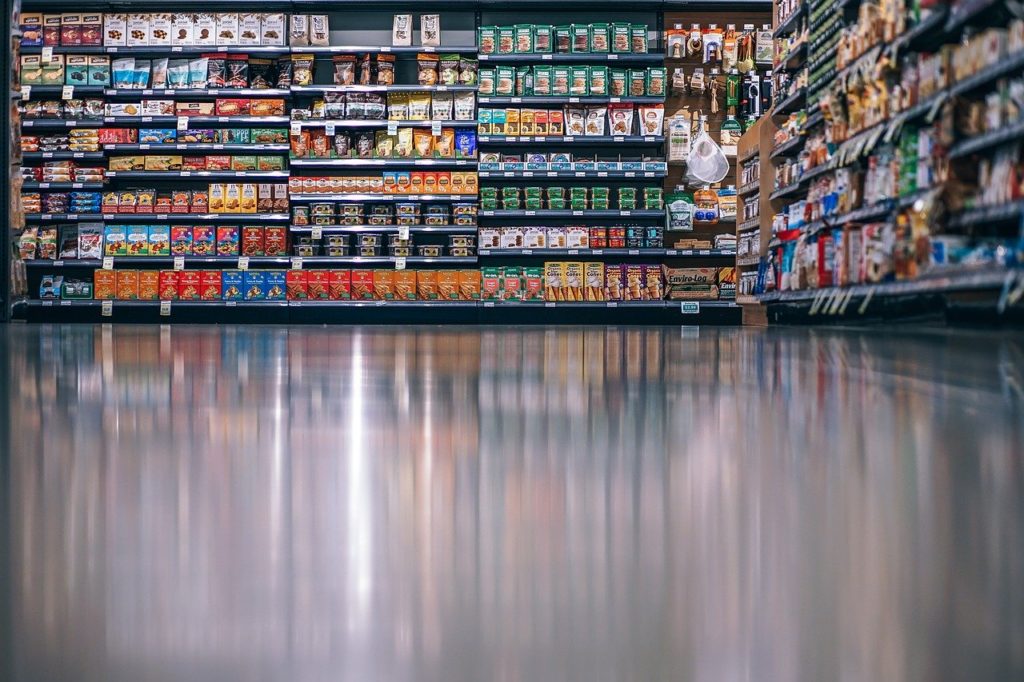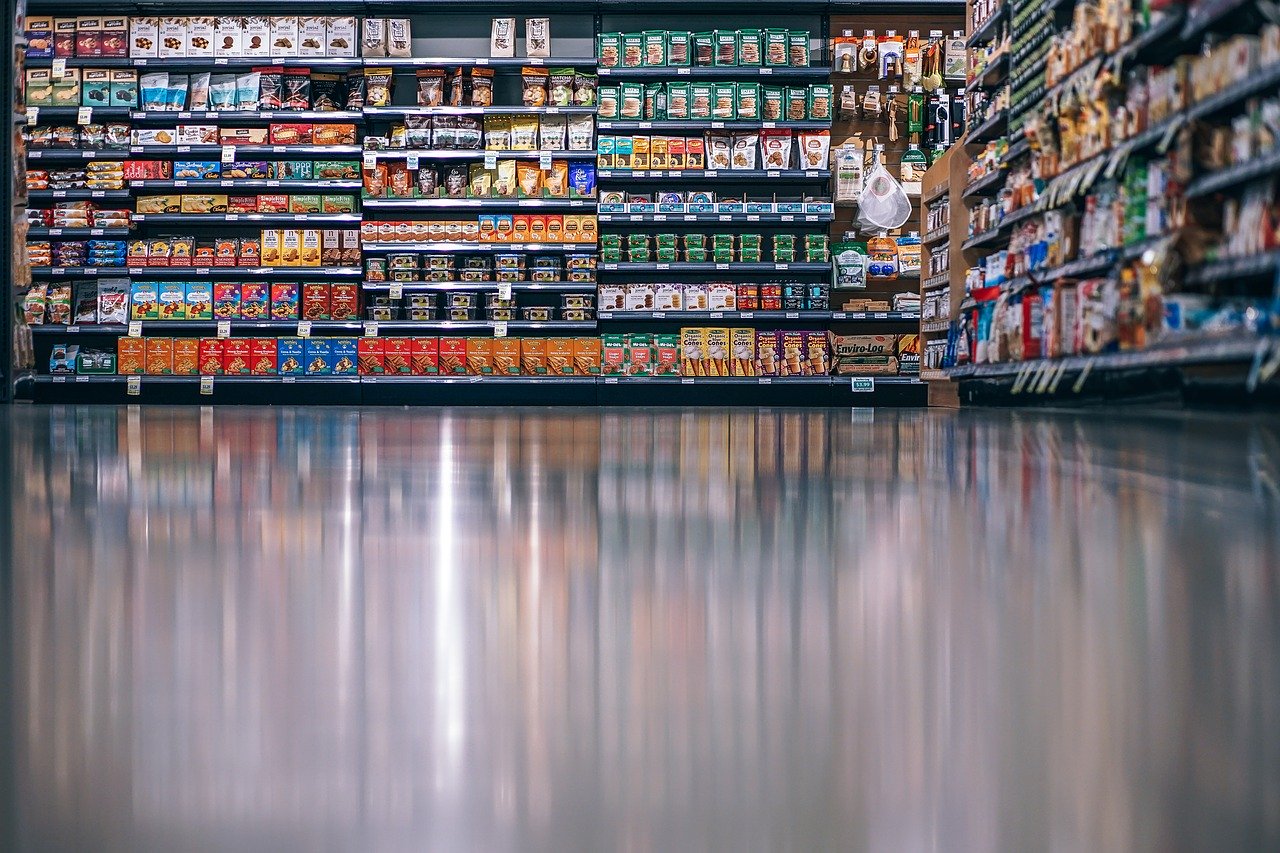Developed by the Gerontology Institute at the University of Massachusetts Boston, the Elder Index tool is used to measure the income older people need to meet their daily living expenses while staying independent in their own homes. The Elder Index tool is specific to household size, location, housing and health status, unlike the Federal Poverty Level, another index used to assess income level.

Additionally, the Elder Index accounts for the cost of healthcare, transportation, miscellaneous essentials, and food. After attending the webinar “Promoting Better Communities for Older People: Building Economic Security using the Elder Index,” c0-hosted by Grantmakers in Health and Grantmakers in Aging, I learned how to use the Elder Index tool. Below is a breakdown of the Elder Index using national averages from 2019. We assess a single person in good health across two different monthly expenses: 1) Owner, no Mortgage, and 2) Renter.
| Single Person | |||
| Monthly Expenses | Owner, no Mortgage | Renter | |
| Housing | $548 | $915 | |
| Food | $257 | $257 | |
| Transportation | $259 | $259 | |
| Health Care (good health) | $395 | $395 | |
| Miscellaneous | $292 | $292 | |
| Elder Index, Per Month | $1,751 | $2,118 | |
| Elder Index. Annual | $21,012 | $25,416 | |
| 2019 Poverty Threshold (1 person) | $12,490 | ||
The numbers above highlight the discrepancy between the Federal Poverty Level (FPL) and the actual income older adults need to age independently at home (Elder Index). Older adults living alone are at high risk of economic insecurity. A recent analysis by the Gerontology Institute at the University of Mass Boston revealed that 50% of single older adults are economically insecure. In fact, a 2019 Feeding America report found 5.5 million older adults were food insecure, significantly higher than in 2007 and more than double the rate in 2001.
As more and more older adults face difficult choices about how to spend their money, it is increasingly likely that older adults will cut out important purchases from their budgets, like healthcare or food. Food insecurity amongst older adults is particularly troublesome as it may increase the risk of diabetes, depression, high blood pressure, and heart failure.
Implications for Federal Assistance Programs
To counteract economic, food insecurity amongst older adults, the Supplemental Nutrition Assistance Program (SNAP), also known as food stamps, was created to provide support for low-income people, supplementing their food budgets to purchase healthy foods. Today, more than 5 million low-income older adults rely on SNAP for food and to make ends meet. Although SNAP has been vital for many older adults, it must be expanded to provide food assistance to those most vulnerable.
Current numbers reveal that 3 out of 5 older adults who quality for SNAP do not participate. Additionally, there are many older adults who may be above the FPL but below the Elder Index who are not eligible for SNAP. This particular population is especially vulnerable since their income level is not enough to adequately cover monthly expenses yet they do not qualify for benefits such as SNAP. To effectively combat economic insecurity and food insecurity among older adults, government officials and policymakers must utilize assessment tools that accurately depict the income levels of impoverishment. Current tools used such as the FPL severely underestimate poverty among older adults, increasing the risk of economic and food insecurity.
The opinions expressed in this article are those of the author and do not necessarily reflect those of the Diverse Elders Coalition.

